Home » Firearms and Shooting » Shotguns » A New Side-by-Side Shotgun Renaissance
A New Side-by-Side Shotgun Renaissance
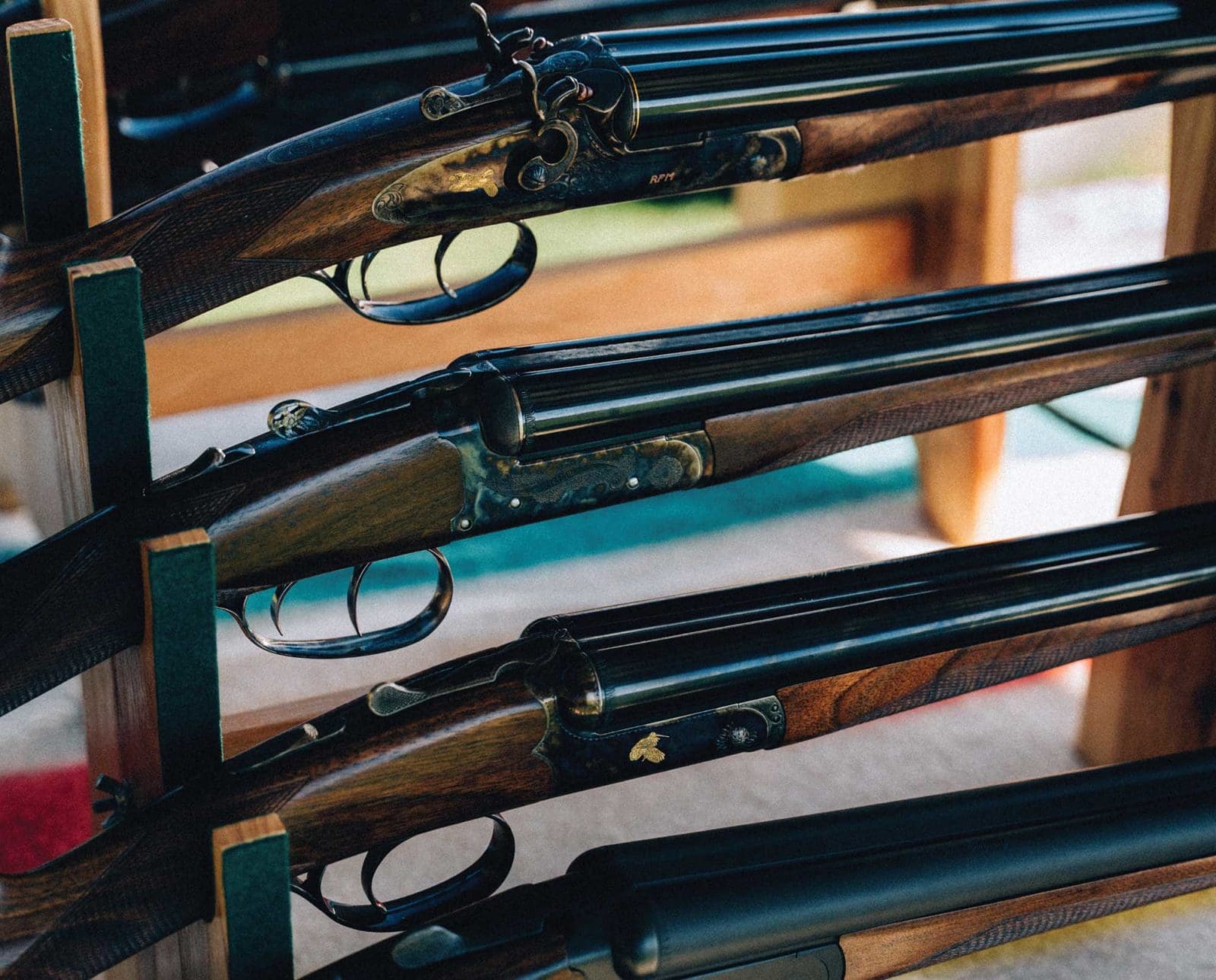
A.J. DeRosa founded Project Upland in 2014 as an excuse…
Manufacturers never saw a new side-by-side shotgun revival coming from a younger generation
Whose idea was it to put two barrels on a single firearm? I’m not quite sure; however, I do know that the concept predates modern portable firearms. Although a stacked barrel design comes rather naturally when considering its purpose, it was the side-by-side that dominated the stage when it comes to the early history of shotguns.
Listen to more articles on Apple | Google | Spotify | Audible
Unsurprisingly, Italy is a part of this origin story, a place where double gun manufacturing enjoys an ongoing stronghold. But, as upland hunters, our interests lie in the concept of a “sporting gun.” Before we had an ample selection of lightweight shotguns, decreasing weight was the first hurdle in the practical use of shotguns.
William Wellington Greener II’s documents are essential to shotgun history. An inventor’s son, W.W. Greener was born in England in 1834. His father, also named William, developed the expandable bullet and even an electric lamp that predated Edison. Greener took over his father’s gun manufacturing business in 1869. He would go on to write eight books on firearms, documenting critical information at a time of rapid innovation. Four of his books highlighted shotguns of the past and followed the evolution of the firearm after the turn of the century. Much of that historic technology has not changed today.
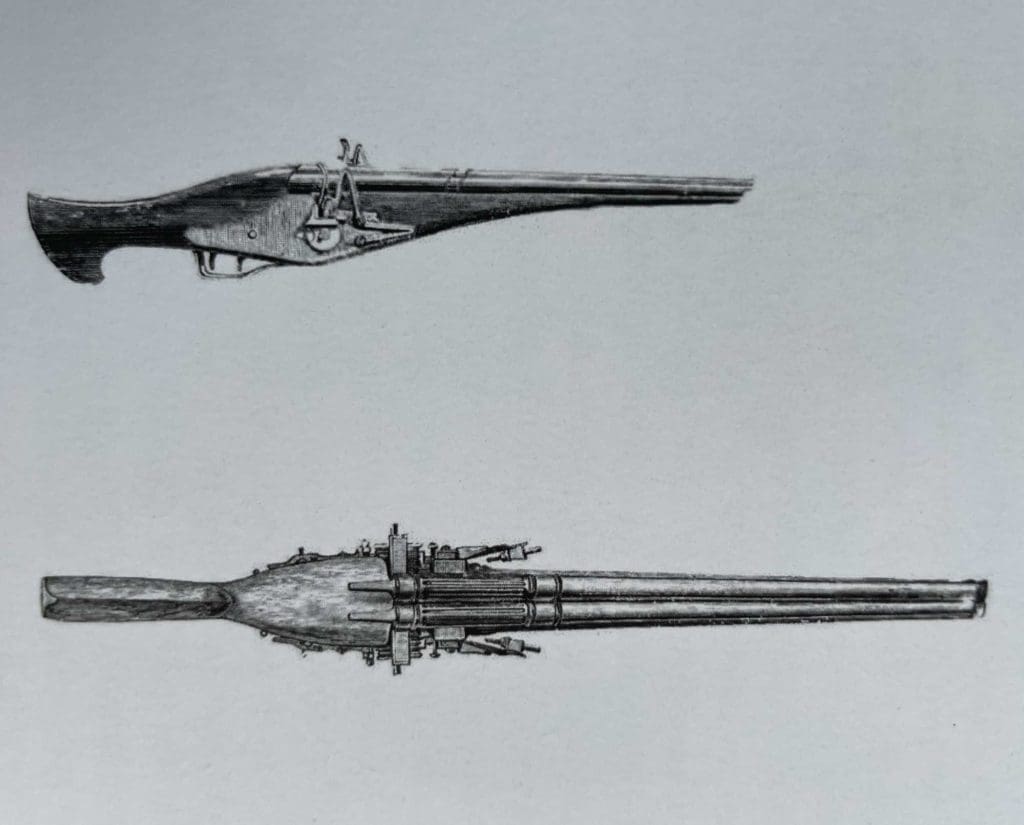
“The first successful double-guns were built with the barrels over/under, and not side by side, and certainly not until after the introduction of the wheel-lock into Italy,” W.W. Greener wrote in The Gun and its Development (1910). “The first inventor of this double gun appears to be one Giuliano Bossi, of Rome, who in 1616 wrote describing the qualities and advantages of the double arms of his design.”
The Invention of the Shotgun
W.W. Greener wrote in his 1888 book, Modern Shot Gun:
The Shot Gun was gradually evolved from the original hand firearm, but as a Shot Gun its history can only date from the introduction of double-barrelled arms. The Sporting Shot Gun may therefore be termed a modern weapon. It was not until the middle of the seventeenth century that double guns were made sufficiently small or light to be used as sporting weapons. The development was very slow; the earlier guns had no ribs, and were furnished with wheel locks; in the eighteenth century ribs were added, and the flintlock and hammer employed. The gun then became essentially the sporting weapon; its clumsiness and slowness had hitherto prevented its general adoption, and the Flint-lock Gun was considered by the sportsmen in the first quarter of this century to have established itself firmly as an almost perfect sporting weapon.
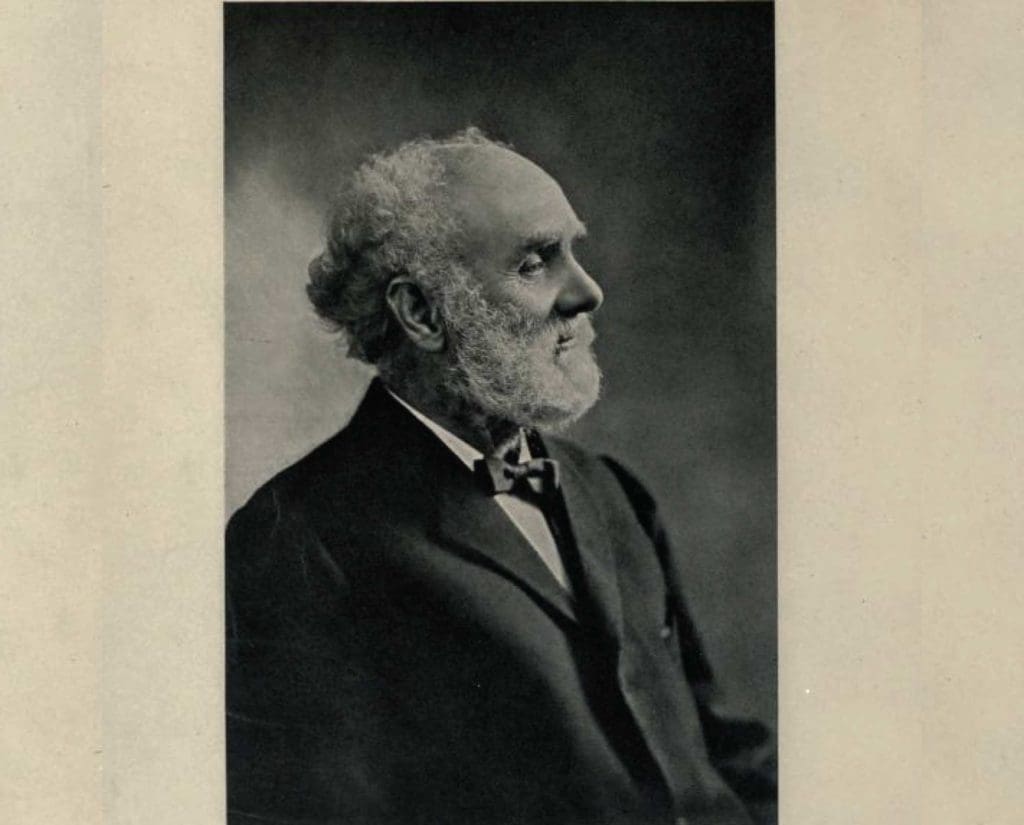
The side-by-side shotgun was the pinnacle of ongoing advancement and it dominated the market through the turn of the 19th century. This period included the invention of the hammerless shotgun, which was all the rage in the 1870s and beyond. In 1875, the Anson and Deeley Boxlock would become the standard of the modern double gun through today, including the over/under.
The Early American Double Gun Makers
England orchestrated the development techniques that dominated double guns for the next 100 plus years and patented many valuable designs. However, American double gunmakers were experiencing their own boom. Driven by American popularity, famous people like trickshooter Annie Oakley would shoot both American- and British-built side-by-sides. Iconic manufactures like Parker Bros., A.H. Fox, Ithaca, Lefever, and L.C. Smith were available in just about every hardware store. They were made famous by early outdoor writers like Burton Spiller and William Harden Foster. Even President Theodore Roosevelt had an A.H. Fox that he spoke highly of. The market was flooded with these American-built icons until the Second World War when many of those factories closed, never to reopen.
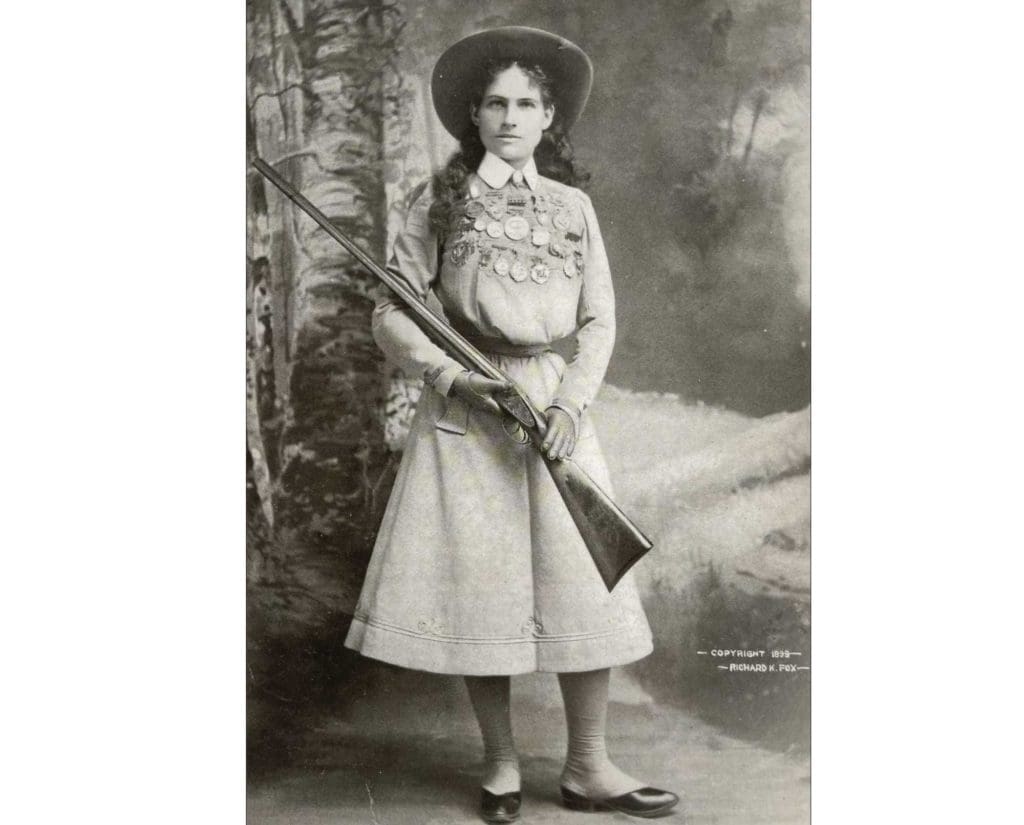
But it would not be the modern, popular over/under shotgun that unseated the first side-by-side renaissance. No, it was the semiautomatic shotgun that shook the market. Writer Gregg Elliot wrote in Rise of the Over-Under Shotgun: A History Lesson:
While guns like the Winchester Model 97 and the Browning A5 lacked the style and elegance of a Parker or Fox side-by-side, they made up for it with something American shooters liked far more: firepower. The Model 97 held six shells; the Auto-5 one less. A hunter with one of these shotguns could blast through these rounds before a person with a side-by-side could fire two rounds and reload. This blazing speed attracted thousands of buyers right after pumps and semi-autos were introduced.
As our troops came home from the war, semi-automatics were something they were familiar with. Even more importantly, the manufacturing of semi-automatic and pump shotguns was far easier. This resulted in a production scale the side-by-side market could never fill both in volume and price.
The Over/Under Renaissance
While the side-by-side continued to have a place in American hunting culture into the 1900s, it was not the most popular kid in school. Italians brought the next shotgun revolution. They stormed competitive shooting circuits with the over/under shotgun, which were previously dominated by the semi-automatic. The Browning Superposed is credited with the first popular American over/under design, but the Italians keyed in on the largest yet most subtle influencing factor: economics. Gregg Elliot wrote:
Beretta addressed this price issue in 1955 when they introduced the S55 (Silver Snipe), S56 (Golden Snipe), and S57 (Ruby Snipe). These O/Us combined features of the S1 and ASE with mass-production techniques. Compared to a Superposed, all the S55, S56, and S57 weighed less; the S55 and S56 cost less, too. Thanks to these differences, the Beretta’s S-line of O/Us sold well. Over time, these guns evolved into some of the best-selling O/Us ever, like the Beretta 686 and the S687 Silver Pigeon.
In the 1950s, you could buy a Beretta Silver Snipe for $159.75. Comparatively, Browning’s Superposed cost $260.00. This lower price brought it much closer to the dominant semi-automatic shotguns of the day. A Browning Automatic-5 would have sold for $121.50, showing how competitive the over/under became as a player on the American shotgun market.
The over/under shotgun has sat quite comfortably as the most popular style shotgun in the niche upland community for a very long time. While our traditions have always kept the side-by-side market relevant, it never garnered mainstream popularity until today.
The Side-by-Side Come Back
Something about side-by-sides speaks to the grouse hunter in me. My personal journey into side-by-sides is likely similar to others’ amongst the under-45 crowd finding their way into them today: nostalgia seeped into my veins. Although I wanted one, I hesitated to buy a vintage gun because I lacked confidence and the knowledge of how to select one that functioned properly and was fairly priced. I had never even shot my great-grandfather’s Belgium-built hammer gun, even though I always meant to take it to a gunsmith to learn about the barrel condition ad proper loads.
READ: A Beginner’s Guide to Collecting Vintage Side-by-Side Shotguns
New was what I needed. Instead of purchasing a timeless antique, I bought a 12-gauge Stoeger Side-by-Side. This was long before they offered the various models of today. Price was a determining factor for me in my early 20s; this model was very affordable at about $400.
I hated that shotgun. I thought I hated side-by-sides.
Eventually, I bought an over/under and put side-by-sides to the back of my mind. I had several good seasons with my over/unders. However, by happenstance, I ended up with a 20-gauge CZ Sharp-tail and had an incredible season with it. The simple result? I rethought my relationship with side-by-sides.
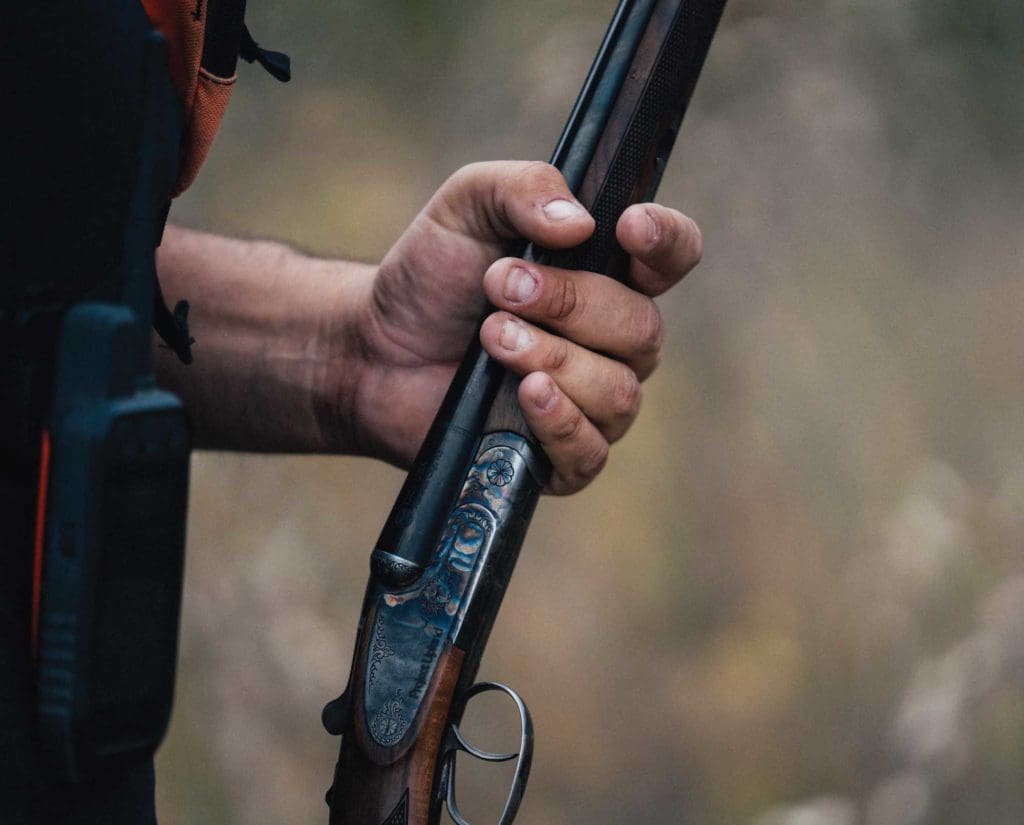
CZ’s Bobwhite carried the torch forward for the revival of side-by-sides in the broader shotgun community. It was introduced to the market in 2005. As economics would have it, the Bobwhite could be purchased under $600 with two triggers and a straight English stock in the mid-2000s. Although a far cry from the handcrafted European market, I believe this low-cost entry point became the catalyst for the side-by-side renaissance.
In 1911, you could buy a Fox Sterlingworth for about $55; that price point translates to $822 in 2020. Today, the over/under market is dominated by shotguns over the $1000 price mark. The affordably priced Bobwhite was, in a way, perfectly timed both economically and culturally. While not a perfect example of a good side-by-side, it was a giant leap forward in that price point and a catalyst to truly introduce new side-by-side enthusiasts. It drew a demographic with growing financial resources, prime to graduate into more expensive side-by-sides with time, reopening a once dead market.
A Data-Driven Side-by-side Renaissance
The renaissance of the side-by-side shotgun is fueled by an increase in popularity, notably among millenials. Project Upland’s annual survey of upland bird hunters has shown consistently increasing trends since 2018. While baby boomers account for the largest and most stable demographic in side-by-sides, millennials account for the second largest demographic in popularity, a number that has grown by almost 10 percent in four years.
Brands have taken notice. Spanish gunmaker AYA, who specializes in double barrelled shotguns, was close to closing their doors only to experience a rebirth in manufacturing. Other manufacturers, like Franchi and Weatherby, are working to bring back their side-by-side offerings, too. These folks are only adding to the collection of new and exciting modern-built side-by-sides.
While the CZ Bobwhite opened up a new generation of side-by-side lovers, it also opened the floodgates to progressions in price points. The new market once accounted for only large jumps to expensive built side-by-sides. Besides vintage shotguns, the old market had gone from under $700 to above $2000 pretty quickly; today, there’s options filling the gap in that $1000 to $1500.
This is the tip of the iceberg. The next decade will likely continue to bring new side-by-side models to the market. The data show both a trend in popularity and increased offerings on the market, which will only serve to fuel both factors.
The side-by-side market has also become more competitive. Brands that let their side-by-side dreams fall by the wayside are now revisiting former offerings and producing new ones. While the Italian market is still dominant in this factor, you have new introductions like the RFM from Upland Gun Company starting at $2,000. Even brands like France’s Chapuis, which was recently acquired by Beretta Holdings, are starting to show promise in a once dying style of shotguns.
Our culture continues to embrace the artform upland hunting can be. Whether it is waiting for that perfect point, experiencing a well-trained spaniel, or appreciating the fine craftsmanship and history of the side-by-side shotgun, our poetic culture is far from dead. For side-by-side shotguns and the enthusiasts who stand to gain from their renaissance, this is truly an exciting time.
A.J. DeRosa founded Project Upland in 2014 as an excuse to go hunting more often (and it worked). A New England native, he grew up hunting and has spent over 35 years in pursuit of big and small game species across three continents. He has a passion for side-by-side shotguns, inspiring him to travel the world to meet the people and places from which they come. Looking to turn his passion into inspiration for others, AJ was first published in 2004 and went on to write his first book The Urban Deer Complex in 2014. He soon discovered a love for filmmaking, particularly the challenge of capturing ruffed grouse with a camera, which led to the award-winning Project Upland film series. AJ's love for all things wild has caused him to advocate on the federal and state levels to promote and expand conservation policy, habitat funding, and upland game bird awareness. He currently serves as the Strafford County New Hampshire Fish & Game Commissioner in order to give back to his community and to further the mission of the agency. When those hunting excuses are in play, you can find him wandering behind his Wirehaired Pointing Griffon in the mountains of New England and anywhere else the birds take them.





Nice write-up – but – No mention of CSMC! How could you omit their contribution to the US double gun renaissance.
Doubles are nice but don’t drink the Kool-aid.
The idea of owning a fine double has made the rounds from Hemingway’s generation to boomers and now infecting millennials. You have to ask yourself, “if I spend $3K+ on a shotgun am I ready to drag it through god awful briars after a pheasant or have it covered by salt spray and muck chasing late season ducks.” So whats’s better spending your cash on memorable hunting trips or buying a pricey double to impress others (who you probably wouldn’t even invite hunting).
Well Earl, consider for a moment the sage advice given to me years ago from a fellow wingshooter; “shotguns aren’t like wives, you can have more than one”. Both of us were enjoying a sharecropper’s existence at the time and our chosen doubles, pumps and autos were of the lesser models available new or used. Impressing each other was not the point, Making the tough shot in spite of poor conditions and with the smaller gauges was always the point and still is. My friend is gone but our hunts for bragging rights endure. My favorite double is a gun I used to hate because I couldn’t hit anything with it. So I concluded to carry nothing but it until I figured it out. It is a CZ Bobwhite 28, vintage 2005. 6 right, five left. Double SxS guns are the best. I have some expensive SxS guns that I use for bigger birds that are indeed scratched and losing their beautiful blue and coined finishes. No one ever sees them or me for that matter as I hunt alone, my dogs don’t care what I shoot as long as the bird drops. At present I have two shotguns that have not been shot; an A5 16 DU gun of the year and an 870 12 in 3 1/2 parkerized action and camo stock that I can’t bear to see trashed in the salt. But all the doubles are on the long fun road to ruin. The autos and pumps ride in the truck as spares, a sad existence but they see the light of day occasionally. Doubles aren’t for everyone but they are everything to me.
I have an Onyx 626 and would like to purchase a set of 26” barrels…any idea where I can find them?
Nice article. I got into SxS by buying a cheap Stoeger and reading lot’s of Michael McIntosh. Since the Stoeger was cheap, I did lot’s of experimenting with stock length and swing weight. I finally got it balanced with a good stock length and drilling out of the stock – I was amazed at how well that gun still shoots waterfowl to this day. I then spent a lot of time reading and looking at websites and over a few years was able to purchase an Ugartechea 12 ga and an AYA 16 gauge – both models on the lower end of those offerings but nice guns. I stopped there, since those three SxS are all I need to accomplish the hunting I do. Although I lately have been thinking about a SxS 20 ga…..
After reading Earl’s remarks two quotations came to mind, the first by author Steve Bodio, and the second was a window sticker:
“Why kill a beautiful bird with an ugly gun?”
“If God intended for us to shoot over/unders he wouldn’t have placed our eyes side-by-side”
I started bird shooting after college with a 12 bore Remington 870, followed by a number of ubiquitous pump and automatic action and over-under guns. I was never truly happy with any of them. Today I own a 6.5 lb. 12 bore Webley & Scott model 700 game gun built in Birmingham in 1966, and we will part only after I am dead – it balances and handles like a wand and I shoot it better than any gun I’ve owned before (including my friend’s Purdey). I recently added an absolutely delightful 6 lb. AyA 20 bore ‘Bournebrook’ #4 rounded body boxlock ejector that Dale Tate (from James Purdey) remarked to me is “wonderfully balanced.” The quality of craftsmanship and materials in the Bournebrook are impressive, and wonderful value for money spent in a fine grade gun.
In closing, I would say to Earl, the money I’ve invested in my beautiful SxS bird guns has been ‘worth it.’ They’re light, lively, swift to the shoulder, deadly, and oh so handsome; and when my beloved Llewellin setters struggle to find game in the grouse coverts, they’re still enchanting to watch, the forest is heavenly, and I can feast my eyes on my beautiful guns whilst munching on a tasty sandwhich, and relish pride in ownership. There’s considerably more to enjoy of our sport than just number of outings and birds killed . . .
I was introduced to doubles by my father in law, when shooting skeet and then on dove, quail and waterfowl hunts.
I learned on an O/U Winchester Model 101 Skeet gun in 1965. The ‘Old Man’ as I will refer to him with love and respect for he passed on in 2013, was always a Winchester Model 21 side by side shooter. He had a 12 ga and a 20, both of which had beautiful wood and he shot them at everything that flew!
I bought my first S/S in 1984, also a Winchester but a more reasonably priced model 23 with improved cylinder and modified fixed chokes. I shot it until I inherited the Old Man’s 12 and 20 when he died, and have shot both extensively at skeet and really love his 20. I just fits better than the 12 ga.
I sold my model 23 and after searching for 5 years, literally stumbled upon a Model 21 in 16 gauge on line, which I was able to purchase to complete the set. Did I mention that the 20 also includes a set of 28 gauge barrels, with the same serial number as the 20. What a surprise when I found those barrels in his gun safe.
I just purchased a previously owned Caesar Guerinin Summit Sporting with 32″ barrels for trap, skeet and sporting clays. I’ve always coveted a Caesar.
Shoot everything you can and continue to enjoy the shooting life style.